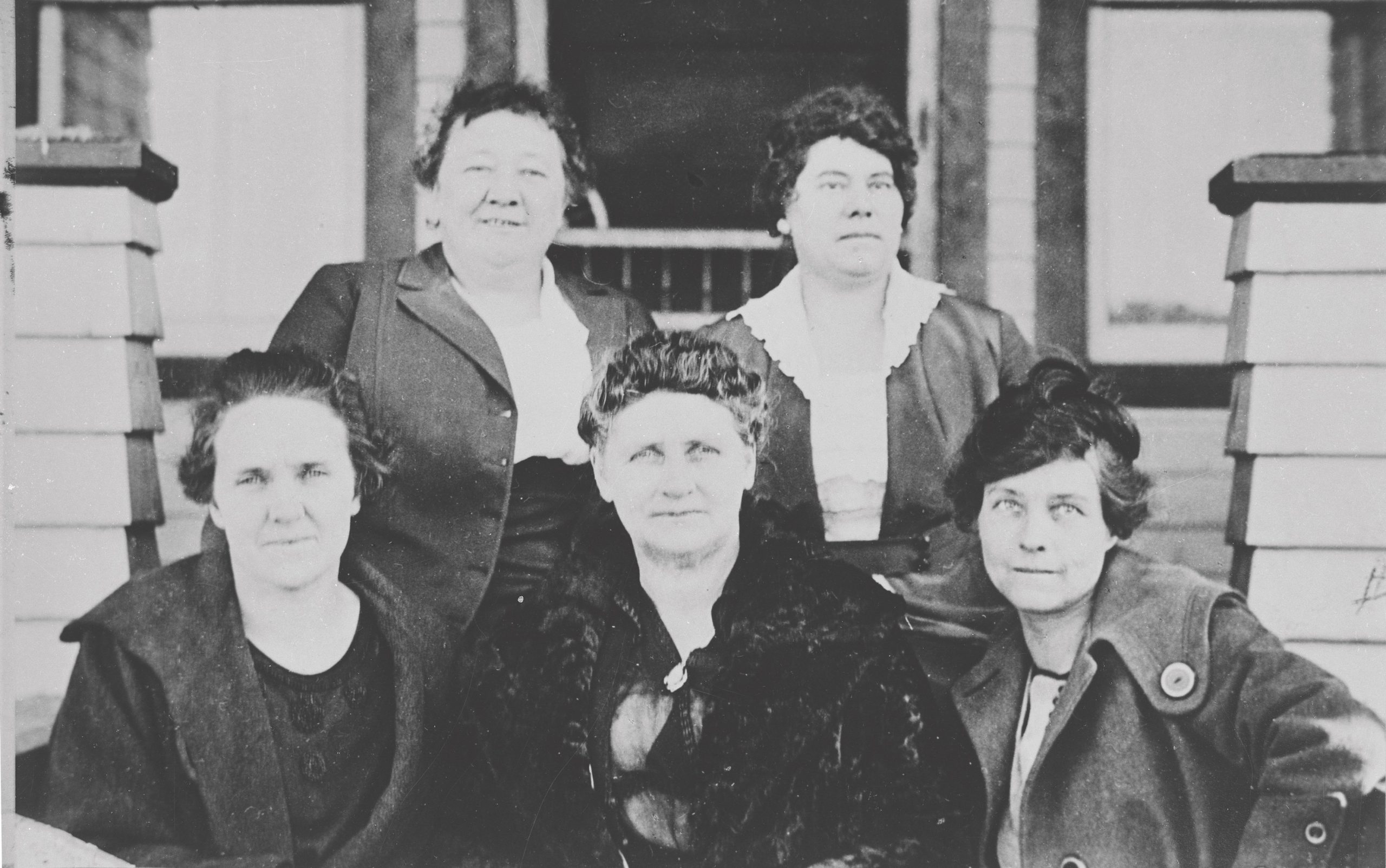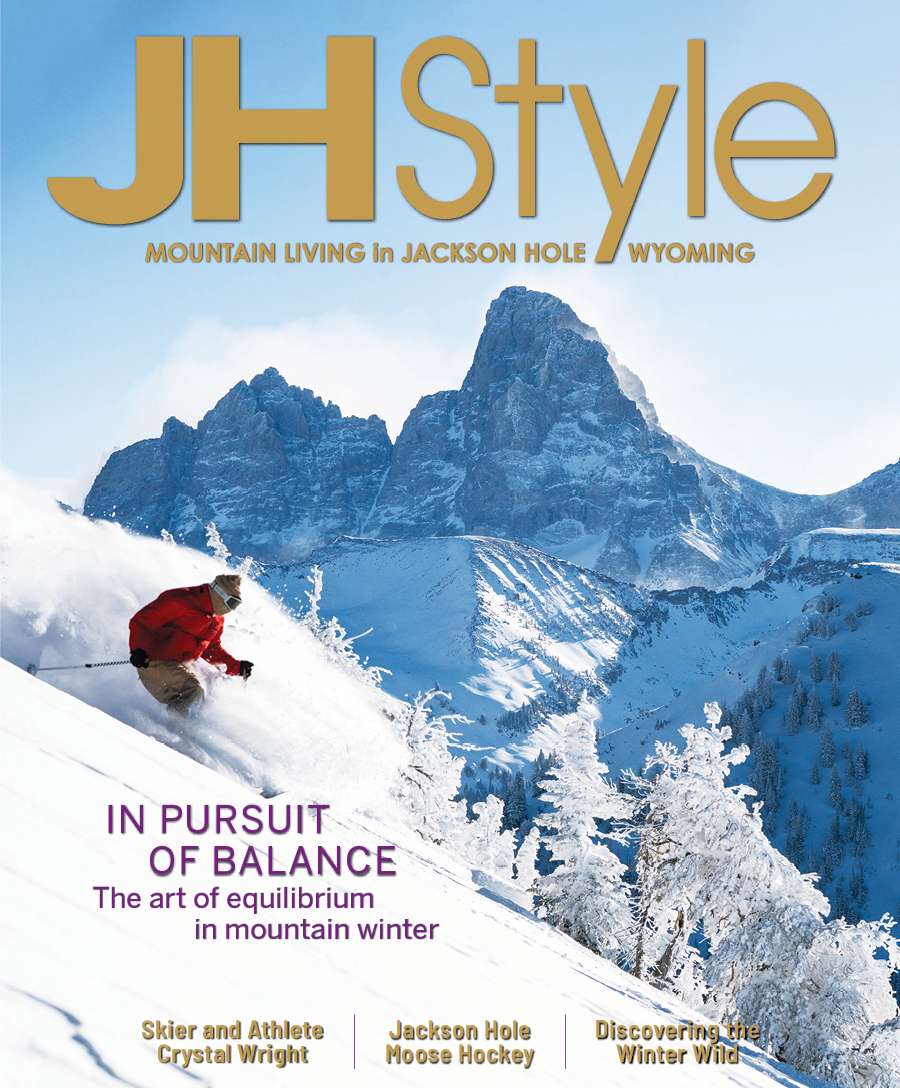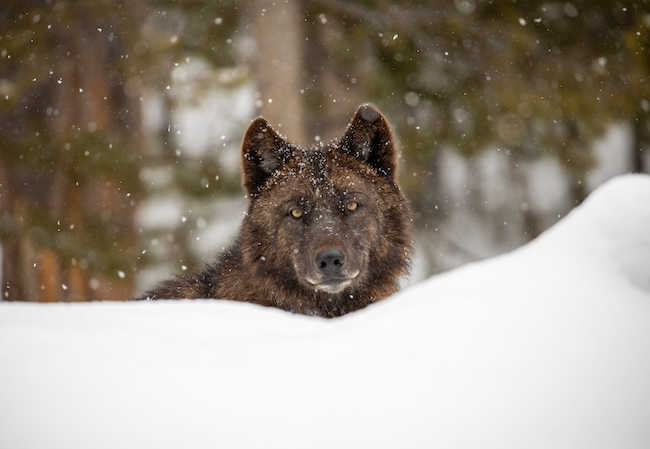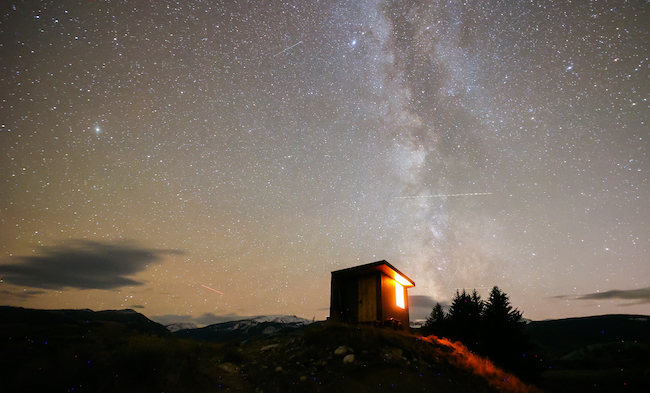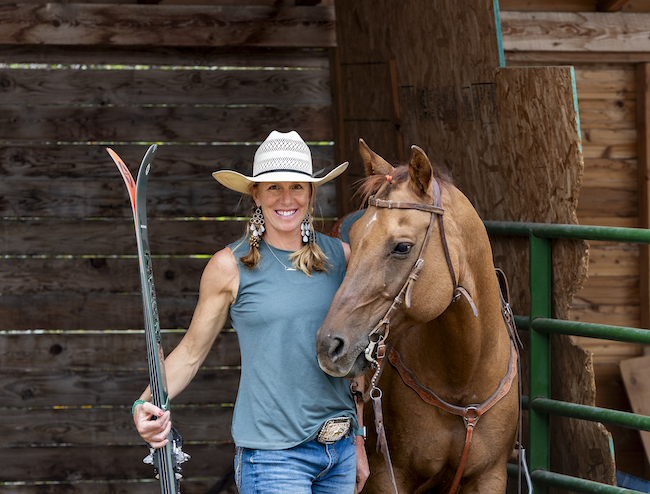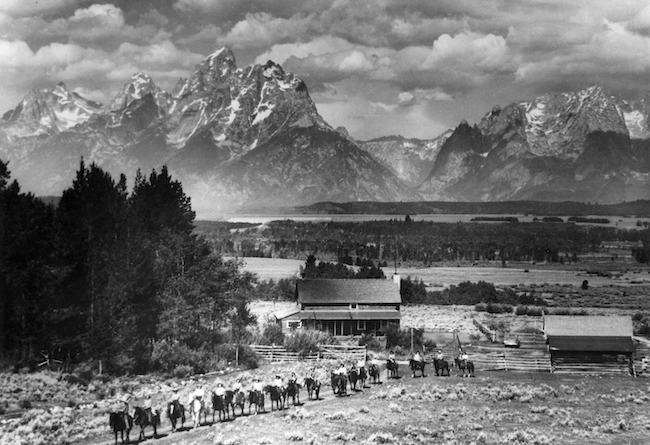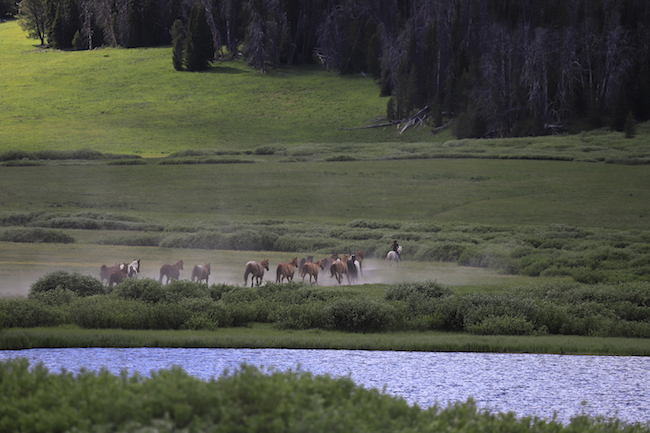In Jackson Hole, Craighead family has conducted groundbreaking wildlife research
21 Nov 2022
Derek Craighead follows in the footsteps of his pioneering family, unraveling the mysteries around less-understood species
Summer 2022
Written By: Melissa Thomasma | Images: David Bowers
In Jackson Hole, the Craighead name is synonymous with groundbreaking wildlife research. Today, the legacy is upheld by Derek Craighead — the founder, president, and senior scientist at Craighead Beringia South.
Since its inception in 1998, the Kelly-based institute has conducted 40 research studies, 10 of which have been longterm field projects, and has collaborated with numerous government agencies and universities, yielding 72 peer-reviewed scientific papers. Derek’s father and uncle — twins John and Frank Craighead Jr. — are widely known for their seminal research on the iconic Yellowstone grizzly bear in the '70s. To that end, Derek was steeped in a world of curiosity, discovery, and profound respect for wild species since the beginning. “When you grow up in an environment where family and friends and colleagues were all doing that kind of work, I guess it’s natural to be led or follow in those same directions,” he muses with a grin. “All the way through school, I really enjoyed being faced with a problem and trying to figure out and solve it — just the enjoyment of learning new things.” This bottomless curiosity, in addition to a desire to protect the wildlife and ecosystems around Jackson Hole, has led Derek to explore a diversity of compelling topics. From enigmatic megafauna like bears and cougars to the region’s most diminutive arachnid inhabitants, the team has amassed a wealth of data and insight into the lives of wild species. One of the most fascinating discoveries, however, came from unraveling the secret of where the valley’s red-tailed hawks and osprey passed their winter months. In 2000, in collaboration with the National Park Service, Derek and his fellow researchers developed an expanding interest in the trends and migration patterns of local birds of prey. “The idea was for the park service to learn more about it, and that they could start taking into consideration these migration areas, wintering areas, and their overall management plans for the parks,” he explains.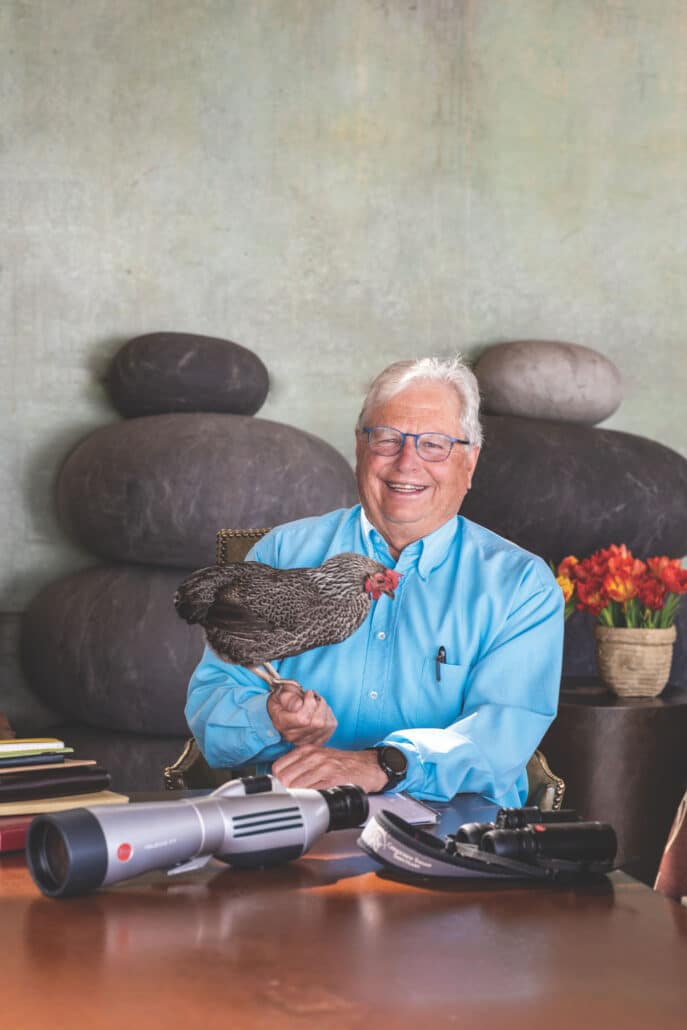 Before their trailblazing research around grizzlies, John and Frank Jr. had conducted a survey of various bird species around the Blacktail Butte area near Kelly. When Derek compared that study to his more recent work, he saw a troubling trend. “The population has shown some decline since the '40s and '50s. I hypothesized that it could be due to the change in the land use practices around Kelly and Moose. At that time, there was quite a bit more ranching and farming, which kept fields open, providing good habitat for ground squirrels and hunting opportunities for red-tails.”
But, he wondered, what if this decline had less to do with the half of the year they spent in the Tetons, and more to do with the half of the year they spent elsewhere?
The first thing he had to figure out was where “elsewhere” was. At the time, nobody knew for certain. “We wanted specific information, so we put lightweight satellite GPS transmitters on some of the adult red-tailed hawks. We were fully expecting them to migrate down to Utah or Arizona, and we thought it would be really cool if they got as far as Texas. Well, we were really surprised when they went to Mexico; we even had one bird go as far as Nicaragua. So they were migrating 2,000 miles.”
Subsequent years revealed that the hawks returned to the same wintering grounds each year. While Derek’s team found no evidence of drastic habitat degradation in Mexico, they did observe a similar trend of land use slowly, generationally changing. Ultimately, he says, the combination of changes likely contributed to the decline in the raptor population, but the precise nuances are still unclear.
While an improved understanding of red-tailed hawk migration may seem hyper-specific, Derek explains that this kind of research is critical when it comes to advocating for wildlife.
“I really want to understand our wildlife well enough and intimately enough that I can be a voice on their behalf. To communicate what the wildlife needs, what’s important to them, and what it’ll take for them to survive. So part of that’s learning a lot about this species, but the next step, which is just as important, is getting that information out to not only other resource managers, but to the general public in a way that’s both interesting and accessible.”
Before their trailblazing research around grizzlies, John and Frank Jr. had conducted a survey of various bird species around the Blacktail Butte area near Kelly. When Derek compared that study to his more recent work, he saw a troubling trend. “The population has shown some decline since the '40s and '50s. I hypothesized that it could be due to the change in the land use practices around Kelly and Moose. At that time, there was quite a bit more ranching and farming, which kept fields open, providing good habitat for ground squirrels and hunting opportunities for red-tails.”
But, he wondered, what if this decline had less to do with the half of the year they spent in the Tetons, and more to do with the half of the year they spent elsewhere?
The first thing he had to figure out was where “elsewhere” was. At the time, nobody knew for certain. “We wanted specific information, so we put lightweight satellite GPS transmitters on some of the adult red-tailed hawks. We were fully expecting them to migrate down to Utah or Arizona, and we thought it would be really cool if they got as far as Texas. Well, we were really surprised when they went to Mexico; we even had one bird go as far as Nicaragua. So they were migrating 2,000 miles.”
Subsequent years revealed that the hawks returned to the same wintering grounds each year. While Derek’s team found no evidence of drastic habitat degradation in Mexico, they did observe a similar trend of land use slowly, generationally changing. Ultimately, he says, the combination of changes likely contributed to the decline in the raptor population, but the precise nuances are still unclear.
While an improved understanding of red-tailed hawk migration may seem hyper-specific, Derek explains that this kind of research is critical when it comes to advocating for wildlife.
“I really want to understand our wildlife well enough and intimately enough that I can be a voice on their behalf. To communicate what the wildlife needs, what’s important to them, and what it’ll take for them to survive. So part of that’s learning a lot about this species, but the next step, which is just as important, is getting that information out to not only other resource managers, but to the general public in a way that’s both interesting and accessible.” 
